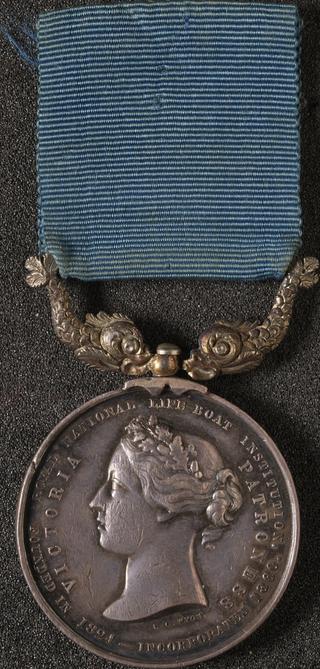
Royal National Lifeboat Institution 1835
- occupation:
- Life saving, Rescue
- Nationality:
- British
1824 - Sir William Hillary founds the ‘National Institution for the Preservation of Life from Shipwreck’. 1835 - organisation is renamed 'Royal National Lifeboat Institution', or 'RNLI'. 1838 - Grace Darling, a lighthouse keeper's daughter, becomes a national heroine for her part in the rescue of passengers from the wrecked steamship 'Forfarshire'. 1854 - a cork lifejacket invented by RNLI inspector, Captain Ward. 1890 - steam-powered lifeboats introduced to the fleet. 1904 - the kapok lifejacket introduced. 1905 - the first motor-driven lifeboat introduced in Tynemouth. 1907 - the biggest single rescue occured when lifeboats from Cadgwith, Coverack, the Lizard and Porthleven rescued 456 people from the liner Suevic. 1940 - 19 RNLI lifeboats were used to evacuate Allied troops from Dunkirk. 1963 - the small D class inflatable lifeboat was introduced dealing with rescues closer to the shore. 1970 - the Beaufort lifejacket introduced. 1972 - the B class rigid inflatable lifeboat introduced. 2001 - the first station on an inland waterway established, at South Broads. 2002 - the E class waterjet-propelled rigid inflatable lifeboat introduced on the River Thames.